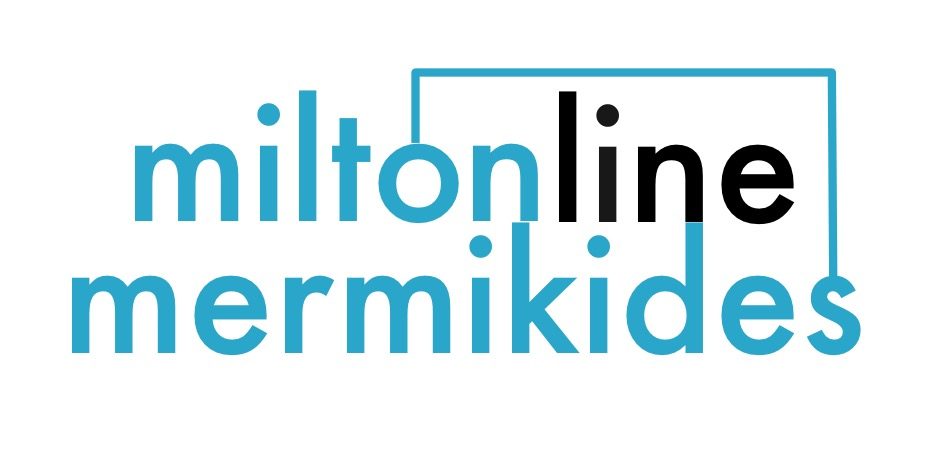Hidden Music
Hidden Music is an ongoing series of collaborative projects exploring the musical representation of scientific data and concepts. Embedded in the field of data sonification – the ‘auditory display’ of information – it employs only (and often technologically executed) systematic processes, obeying Hermann’s rules of repeatability, rule-base, relevance and recognizability (2011 Hermann et al.) serviced by a wealth of compositional techniques and models. This strict ‘sonic graph’ limits the imposition of anthropocentric ‘emoting’ of the data or its massaging to generic stylistic familiarity. Rather it lets the data sing for itself in the rich medium of sound to unveil meaningful, communicative patterns – a ‘hidden music’. The project relies on, and effects, collaborations with leading researchers in a range of scientific fields and institutions, and is disseminated at conferences, galleries, broadcasts and presentations to members of the scientific communities, medical practitioners and trainees, patients, creative artists and a public audience of millions. Through masterclasses, workshops and the dissemination of original technologies and techniques, this project actively expands this form of interconnected music-making in the international community of composers.
The outputs and benefits of the project series include:
1) Visceral science communication e.g. climate change data in Four Warnings, the Solar System as melorhythms (Distant Harmony), real-time population growth in Birth/Death and the spread and genomic evolution of disease (Outbreak, Chorus of Changes).
2) The cathartic ‘sounding out’ of inner human experience (e.g. blood cell activity during leukaemia treatment (Bloodlines), the phasing and disrupted rhythms of insomnia (Sound Asleep) and stress level tracking in nurses’ work hours (Careful).
3) The sourcing of novel compositional techniques and ‘useful constraints’ that are transportable to ‘conventional’ compositional practice.
4) The formation of collaborative networks that dissolve the traditional delineations of scientist and artist, in the embrace of a universal conceptual and aesthetic language.
[299 words]
Hermann, T., A. Hunt, and J.G. Neuhoff. 2011. The Sonification Handbook. Isd.
